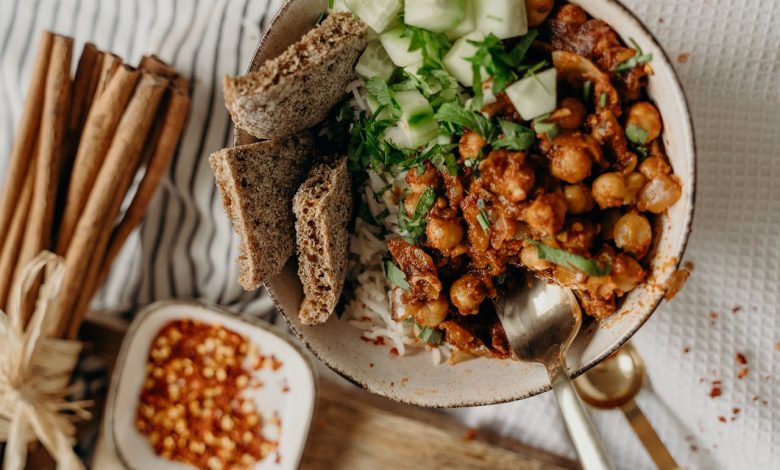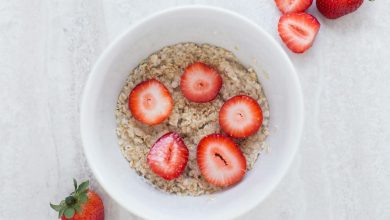Plant-Based Protein: The Best, the Worst, and Everything In Between

In recent years, plant-based proteins have skyrocketed in popularity, fueled by a surge of people embracing healthier lifestyles, ethical eating habits, and environmentally conscious choices. Whether you’re a vegan, vegetarian, or simply trying to cut down on animal products, the world of plant-based proteins is diverse and ever-expanding. But not all plant proteins are created equal! In this blog, we’ll break down the best, the worst, and the in-between of plant-based protein sources.
The Best Plant-Based Proteins
When it comes to nutritional powerhouses, some plant proteins stand head and shoulders above the rest. These options are packed with essential amino acids, vitamins, and minerals, making them excellent choices for your diet.
1. Lentils Lentils are a staple in many plant-based diets, and for good reason. These tiny legumes are high in protein, offering around 18 grams per cooked cup. They’re also rich in fiber, iron, and B vitamins, which support heart health, digestion, and energy levels. Whether in soups, salads, or stews, lentils are versatile and easy to cook.
2. Quinoa Quinoa is often called a “superfood” for its impressive nutrient profile. Unlike most plant-based proteins, quinoa contains all nine essential amino acids, making it a complete protein. With about 8 grams of protein per cooked cup, it’s a great base for salads, grain bowls, or as a side dish. Bonus: it’s also gluten-free!
3. Chickpeas Chickpeas (or garbanzo beans) are another excellent source of plant-based protein, providing around 15 grams per cooked cup. They’re also rich in fiber, iron, and magnesium. Whether roasted for a crunchy snack, blended into hummus, or tossed in salads, chickpeas are an incredibly versatile protein.
4. Tofu & Tempeh Derived from soybeans, tofu and tempeh are two of the most protein-rich plant-based foods. Tofu has about 10 grams of protein per half cup, while tempeh has around 21 grams per cup. Tofu is soft and versatile, absorbing flavors well, while tempeh has a firmer texture and a slightly nutty taste. Both are rich in calcium, iron, and other important nutrients.
The Worst Plant-Based Proteins
Unfortunately, not all plant-based proteins offer the same benefits. Some are low in protein, highly processed, or full of unnecessary additives. These options might not do much for your overall health, and they can be deceptive in terms of their true nutritional value.
1. Processed Meat Alternatives While plant-based “meats” like burgers, sausages, and nuggets might taste delicious and seem like a healthy swap for real meat, many of them are ultra-processed. These products often contain high levels of sodium, preservatives, and unhealthy fats. Although they can provide a decent amount of protein, relying too heavily on these can lead to a diet that isn’t as healthy as you think.
2. Protein Bars Protein bars can be convenient, but many are loaded with sugar, artificial sweeteners, and synthetic ingredients. If you’re opting for a plant-based protein bar, check the label carefully. Some of these bars contain minimal whole-food ingredients, and the protein content can be surprisingly low compared to the number of calories and sugar you’re consuming.
The In-Between Plant-Based Proteins
Some plant-based proteins fall somewhere in the middle—not bad, but not the best, either. These can be useful as part of a varied diet but shouldn’t be relied on as your primary source of protein.
1. Nuts & Seeds Nuts and seeds, such as almonds, chia seeds, and hemp seeds, offer a moderate amount of protein, ranging from 5 to 10 grams per ounce. They’re also high in healthy fats, fiber, and important vitamins like vitamin E. However, because they’re calorie-dense, you’d have to eat a large amount to meet your protein needs, which isn’t always practical. They’re better suited as a supplement to your protein intake rather than the star of the show.
2. Pea Protein Pea protein powder is becoming increasingly popular as a supplement, especially for those who want to avoid soy or gluten. It’s relatively high in protein and easy to digest, but on its own, it lacks some essential amino acids. This makes it a good but incomplete option, which is why many companies blend it with other proteins to create a more balanced product.
Tips for Getting the Most Out of Plant-Based Proteins
- Mix and Match: Unlike animal proteins, most plant-based sources (except quinoa and soy) aren’t complete proteins. By mixing different types, like beans and grains, you can ensure you’re getting all essential amino acids.
- Watch the Processing: Whole, minimally processed foods are generally the best choice. If you’re reaching for convenience items like meat substitutes or protein bars, check labels for added sugars, sodium, and preservatives.
- Incorporate Variety: Don’t rely on just one or two sources of plant-based protein. Incorporating a variety of foods, like legumes, grains, seeds, and vegetables, will give you a broader nutrient profile and keep meals exciting.
Conclusion
The plant-based protein world offers an incredible array of options, from the protein-packed superstars to the more questionable choices. By focusing on whole foods like lentils, quinoa, and tofu, you’ll reap the benefits of a well-rounded diet. Just remember: not all proteins are created equal, so it’s worth paying attention to what you’re putting on your plate. Choose wisely, eat mindfully, and enjoy the journey toward a healthier, more sustainable lifestyle!



